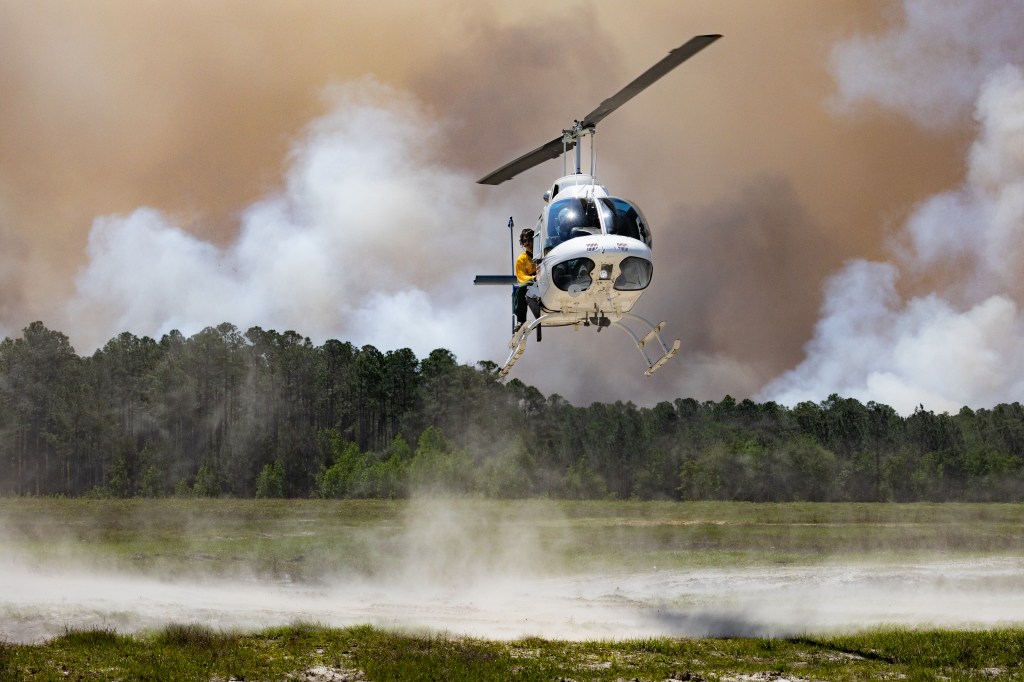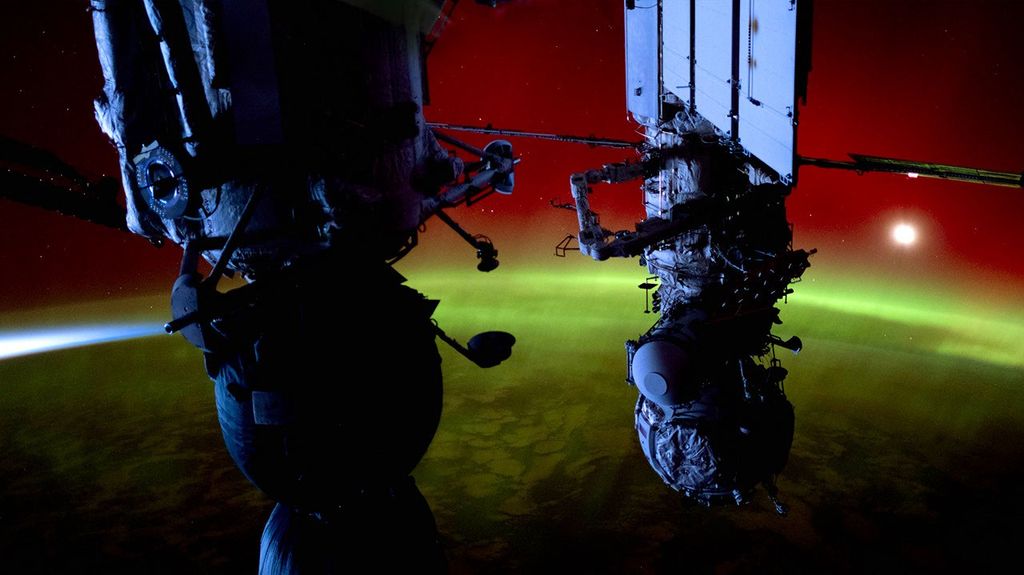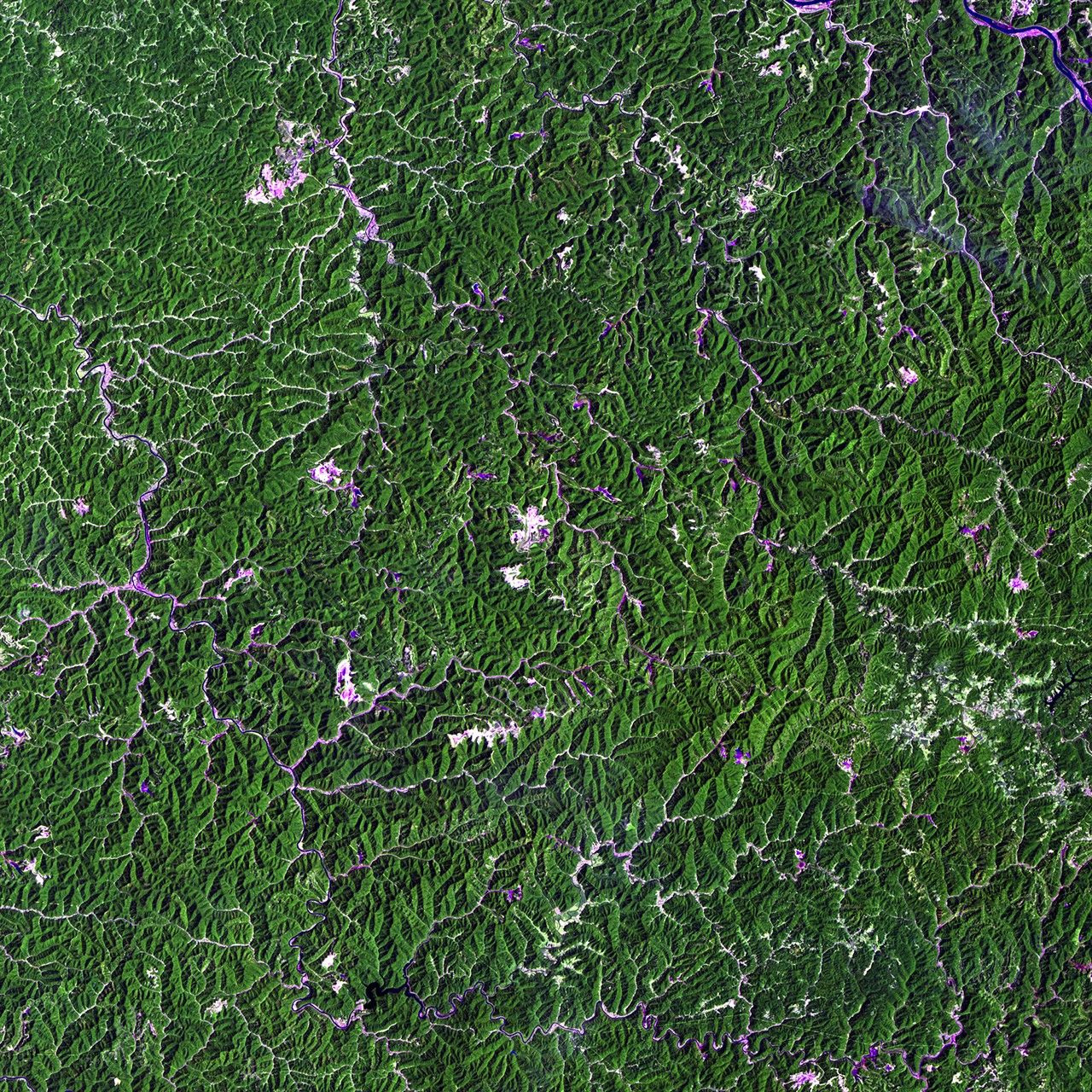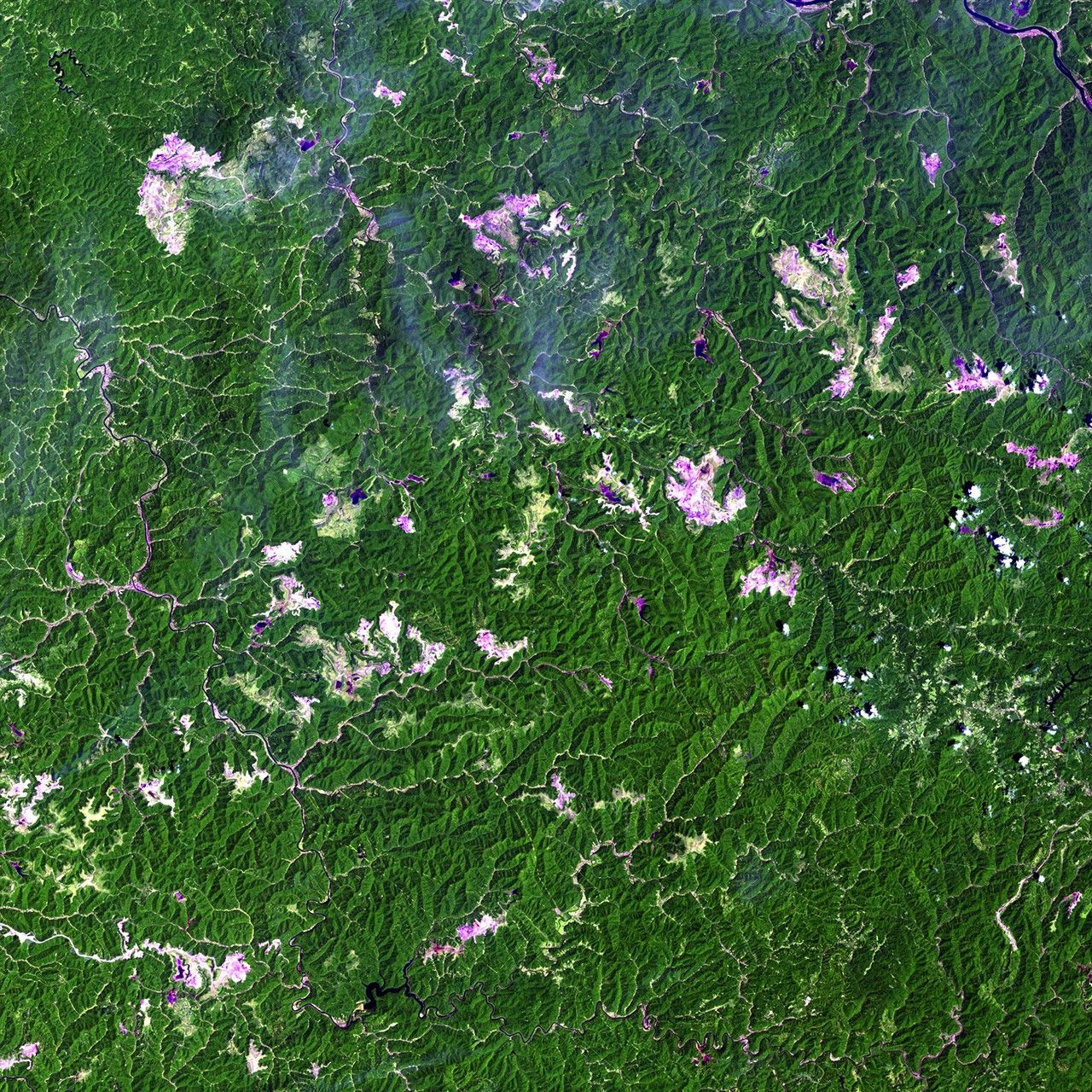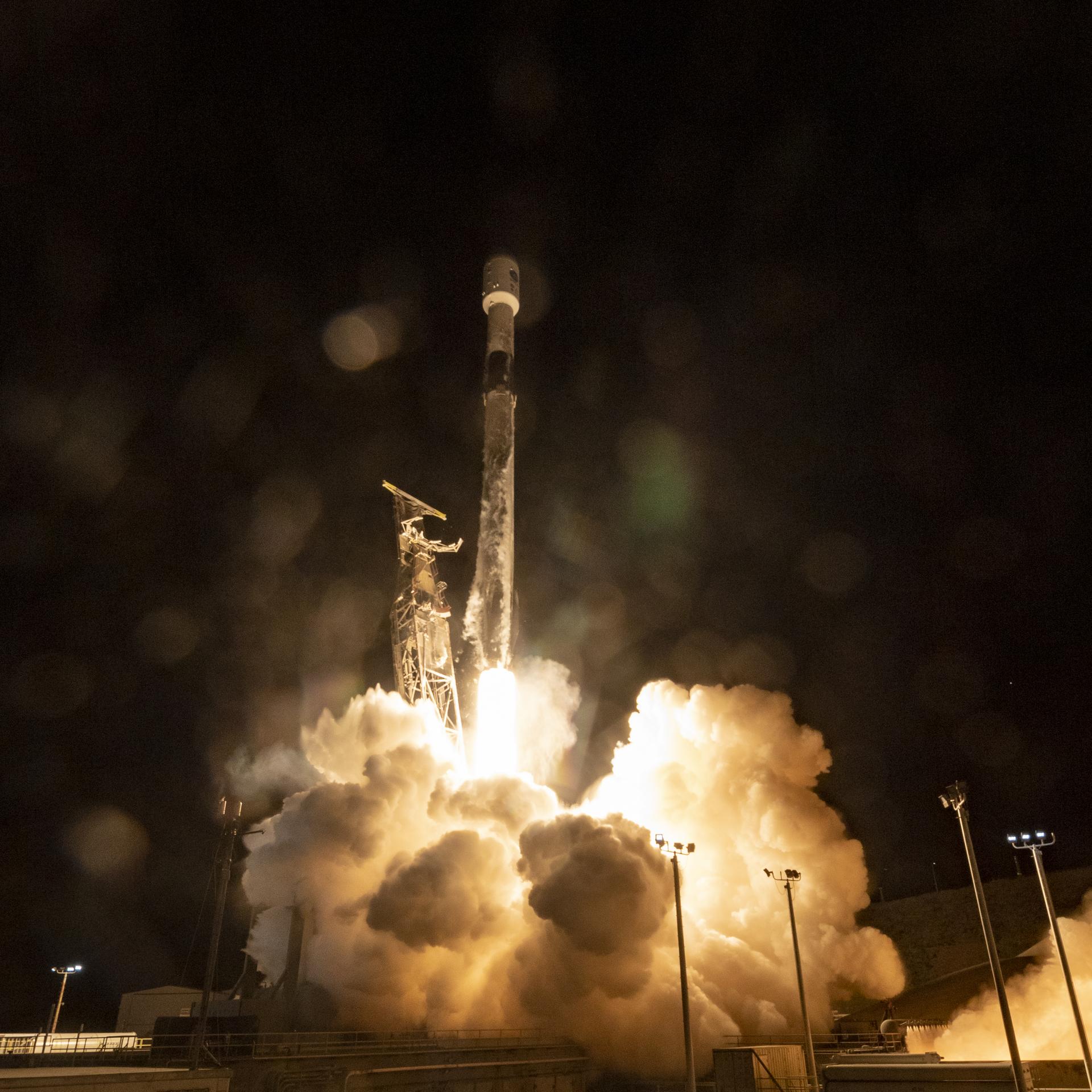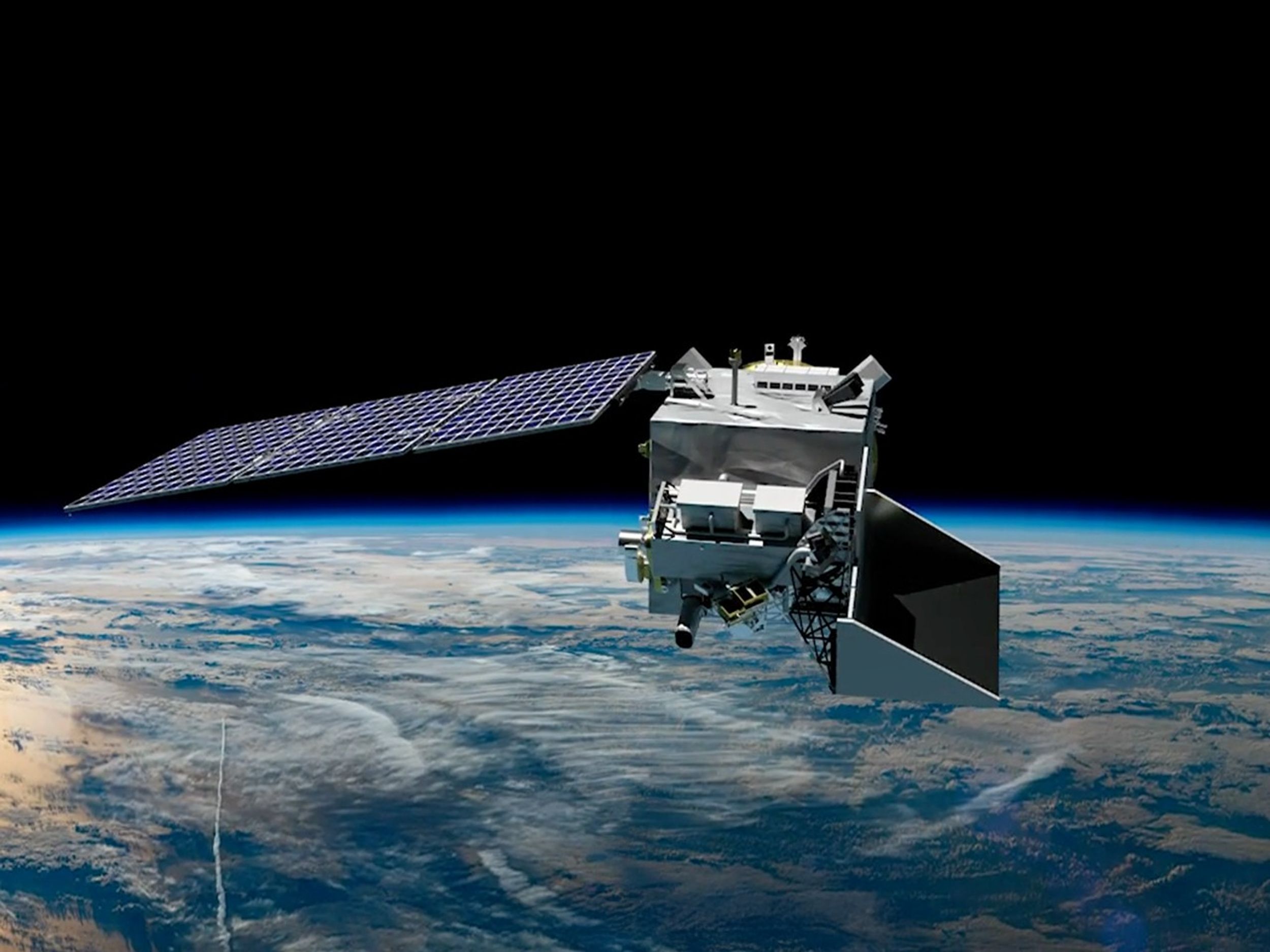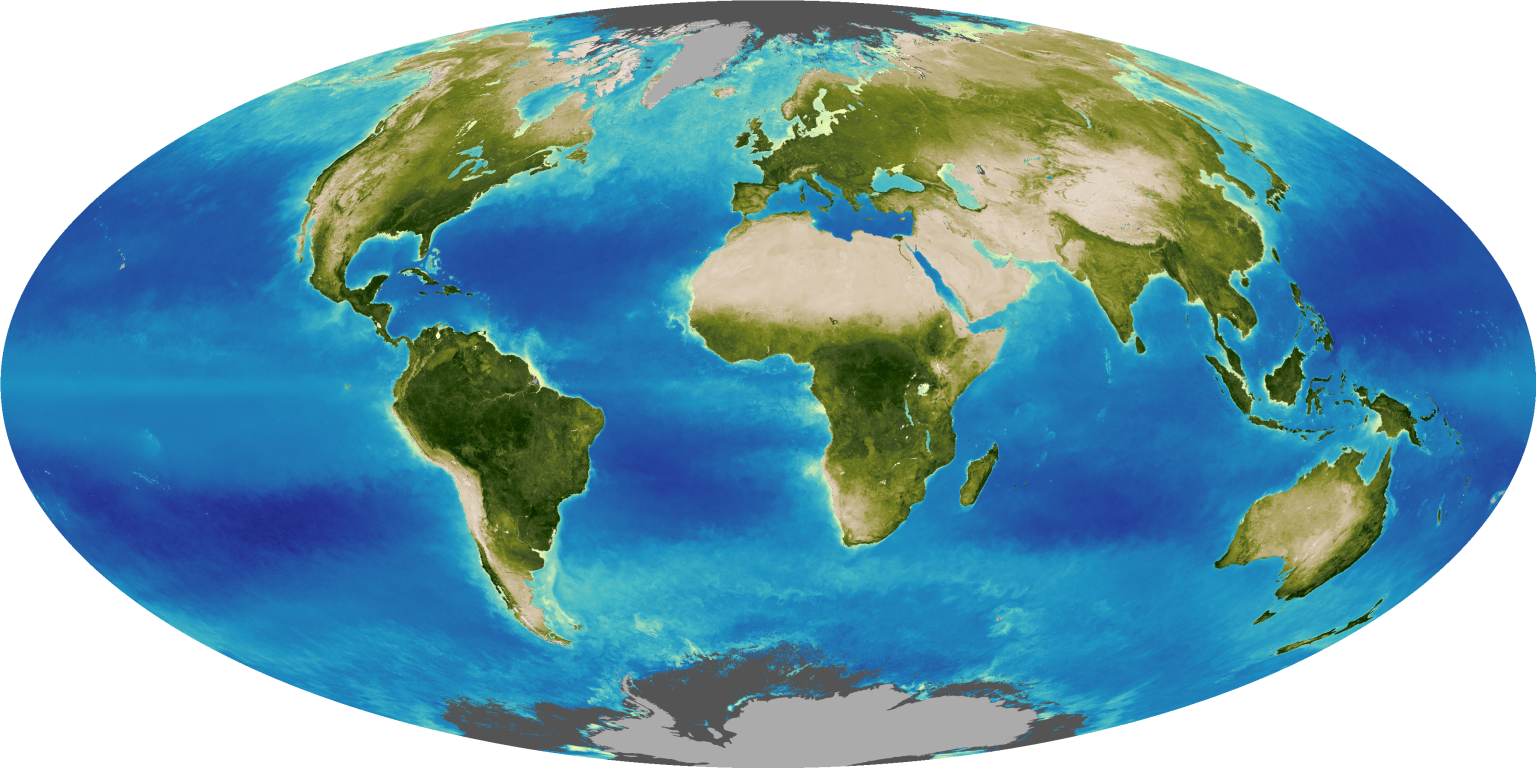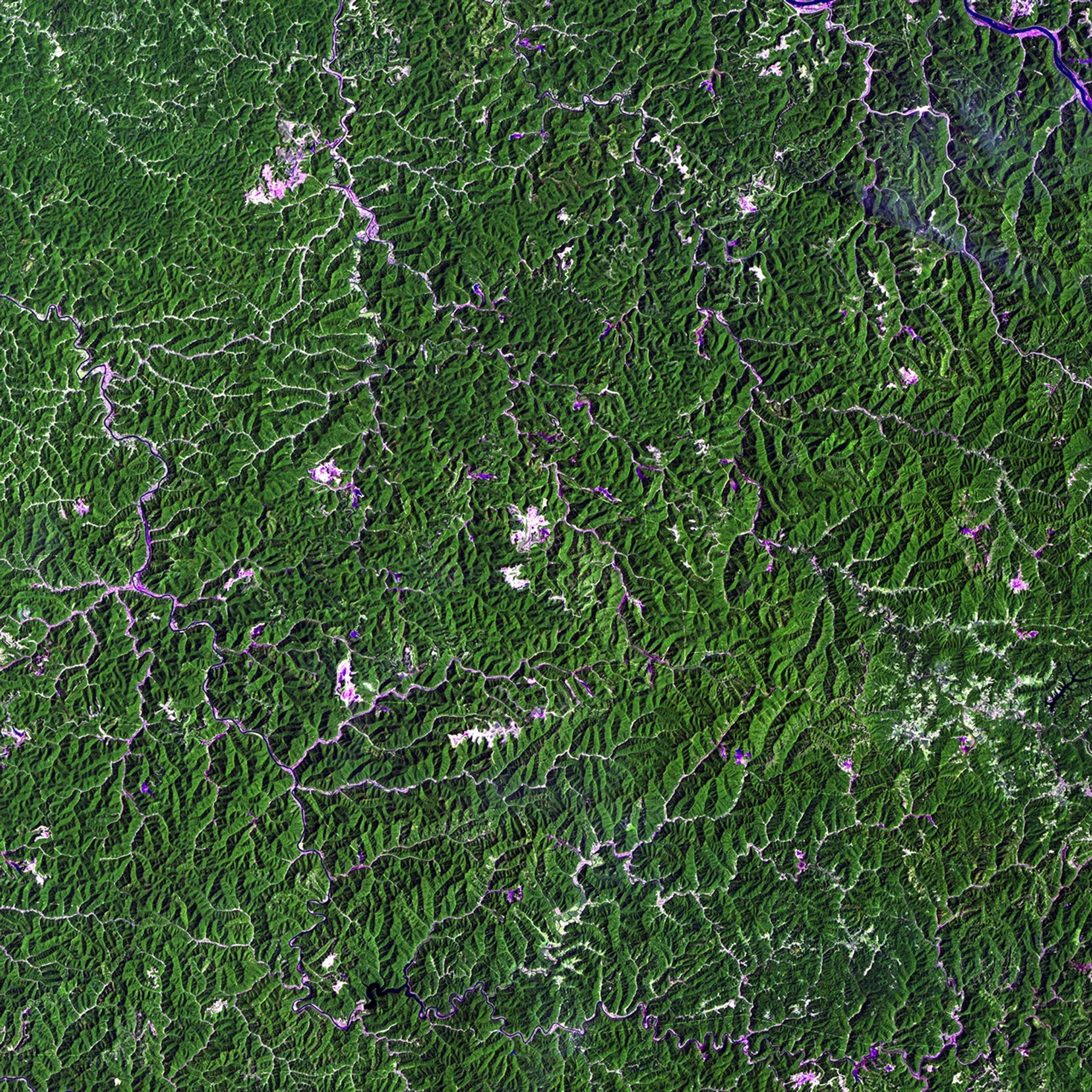
More than half of the U.S.' electrical power comes from coal burning and a large percentage of that coal comes from West Virginia. Of the nearly 150 million tons of coal extracted each year from the state's mines, an increasing amount (60 million tons in 2009) comes from surface mining and mountaintop removal. Mountaintop removal can have serious impacts on the health of local people — through the pollution of groundwater by mine runoff and exposure to airborne toxins and dust — and on the environment — through permanent loss of critical ecosystems, destruction of forests and loss of streams. Scientific evidence suggests that these impacts are pervasive and irreversible and that efforts to reclaim the disturbed land can't make up for the impacts felt by the mining process. Images taken by the Thematic Mapper sensor onboard Landsat 5. Source: USGS Landsat Missions Gallery, "West Virginia Surface Mining," U.S. Department of the Interior / U.S. Geological Survey.
NASA/USGS
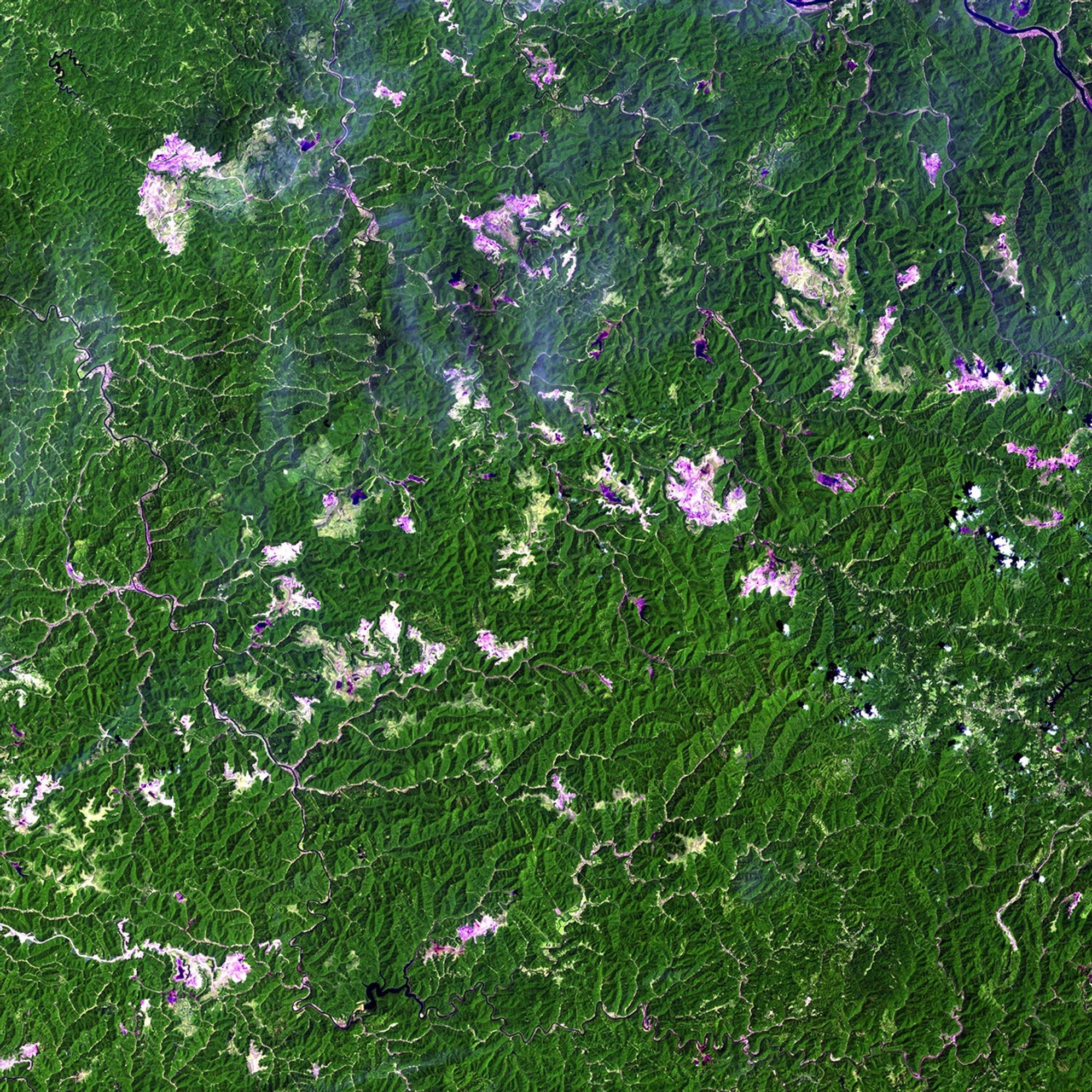
More than half of the U.S.' electrical power comes from coal burning and a large percentage of that coal comes from West Virginia. Of the nearly 150 million tons of coal extracted each year from the state's mines, an increasing amount (60 million tons in 2009) comes from surface mining and mountaintop removal. Mountaintop removal can have serious impacts on the health of local people — through the pollution of groundwater by mine runoff and exposure to airborne toxins and dust — and on the environment — through permanent loss of critical ecosystems, destruction of forests and loss of streams. Scientific evidence suggests that these impacts are pervasive and irreversible and that efforts to reclaim the disturbed land can't make up for the impacts felt by the mining process. Images taken by the Thematic Mapper sensor onboard Landsat 5. Source: USGS Landsat Missions Gallery, "West Virginia Surface Mining," U.S. Department of the Interior / U.S. Geological Survey.
NASA/USGS
Before and After
Surface mining expansion, West Virginia
June 6, 1987 - June 8, 2011
More than half of the U.S.' electrical power comes from coal burning and a large percentage of that coal comes from West Virginia. Of the nearly 150 million tons of coal extracted each year from the state's mines, an increasing amount (60 million tons in 2009) comes from surface mining and mountaintop removal. Mountaintop removal can have serious impacts on the health of local people — through the pollution of groundwater by mine runoff and exposure to airborne toxins and dust — and on the environment — through permanent loss of critical ecosystems, destruction of forests and loss of streams. Scientific evidence suggests that these impacts are pervasive and irreversible and that efforts to reclaim the disturbed land can't make up for the impacts felt by the mining process. Images taken by the Thematic Mapper sensor onboard Landsat 5. Source: USGS Landsat Missions Gallery, "West Virginia Surface Mining," U.S. Department of the Interior / U.S. Geological Survey.









